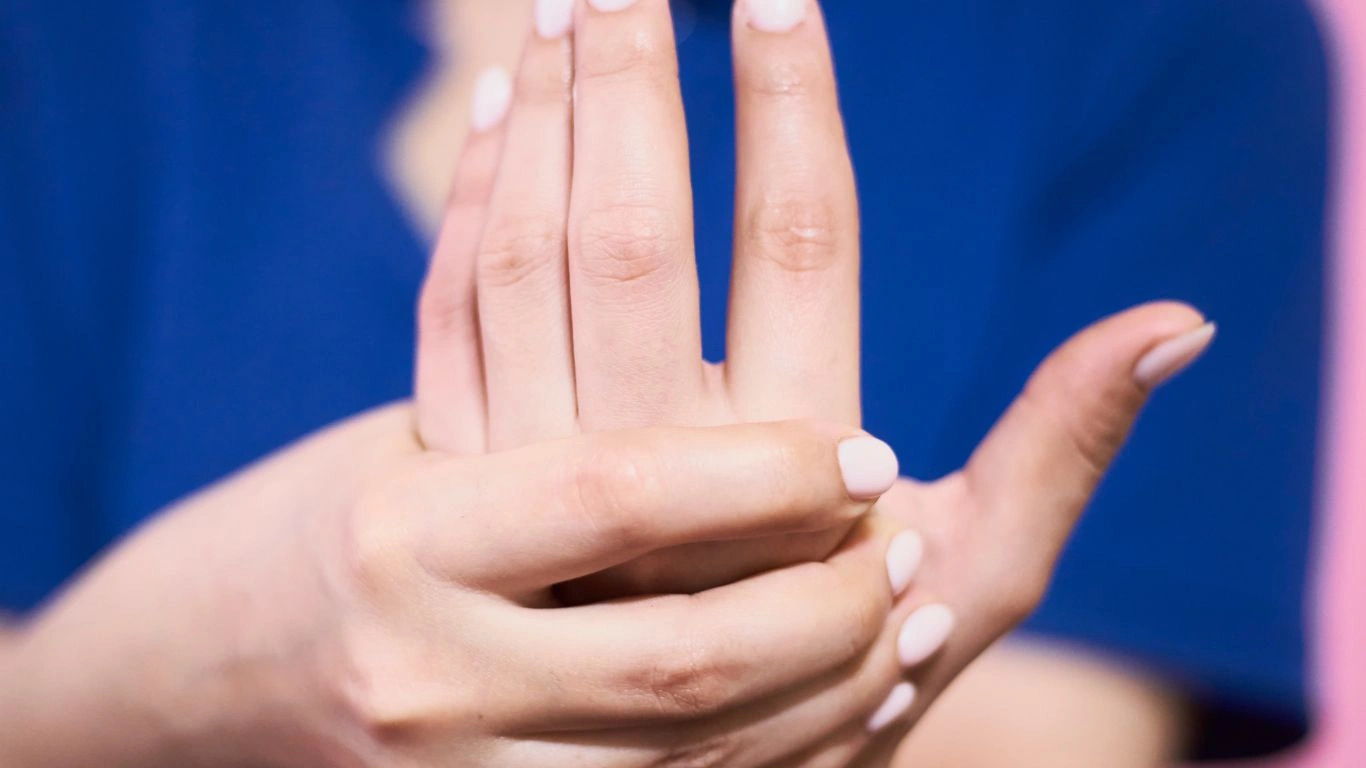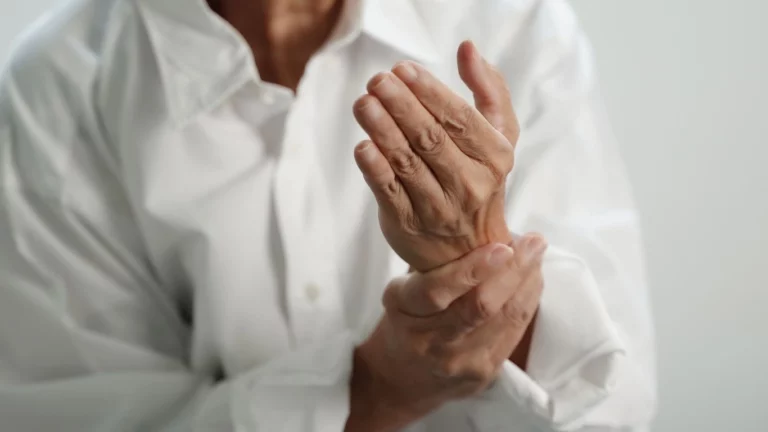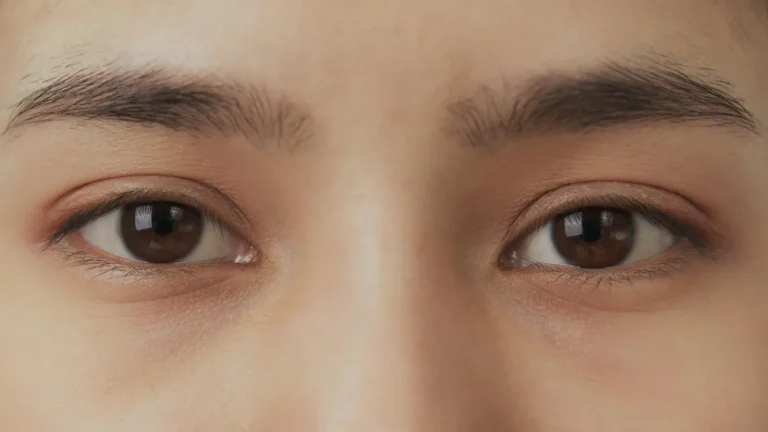Rheumatoid Arthritis and Its Impact on Flexibility: A Real-World Guide to Managing Joint Mobility
Living with rheumatoid arthritis (RA) isn’t something that just affects your joints; it messes with your daily life, especially when it comes to flexibility. If you’re dealing with RA, you already know how this condition can cause pain, stiffness, and a lack of mobility in your joints. But what about your ability to move freely and bend like you used to? That’s where the impact on flexibility comes in.
Let me take you through what I’ve seen and experienced when it comes to how RA messes with flexibility and how people can actually deal with it without feeling like they’re stuck in a constant cycle of pain and immobility.
Understanding Rheumatoid Arthritis and Its Impact on Flexibility
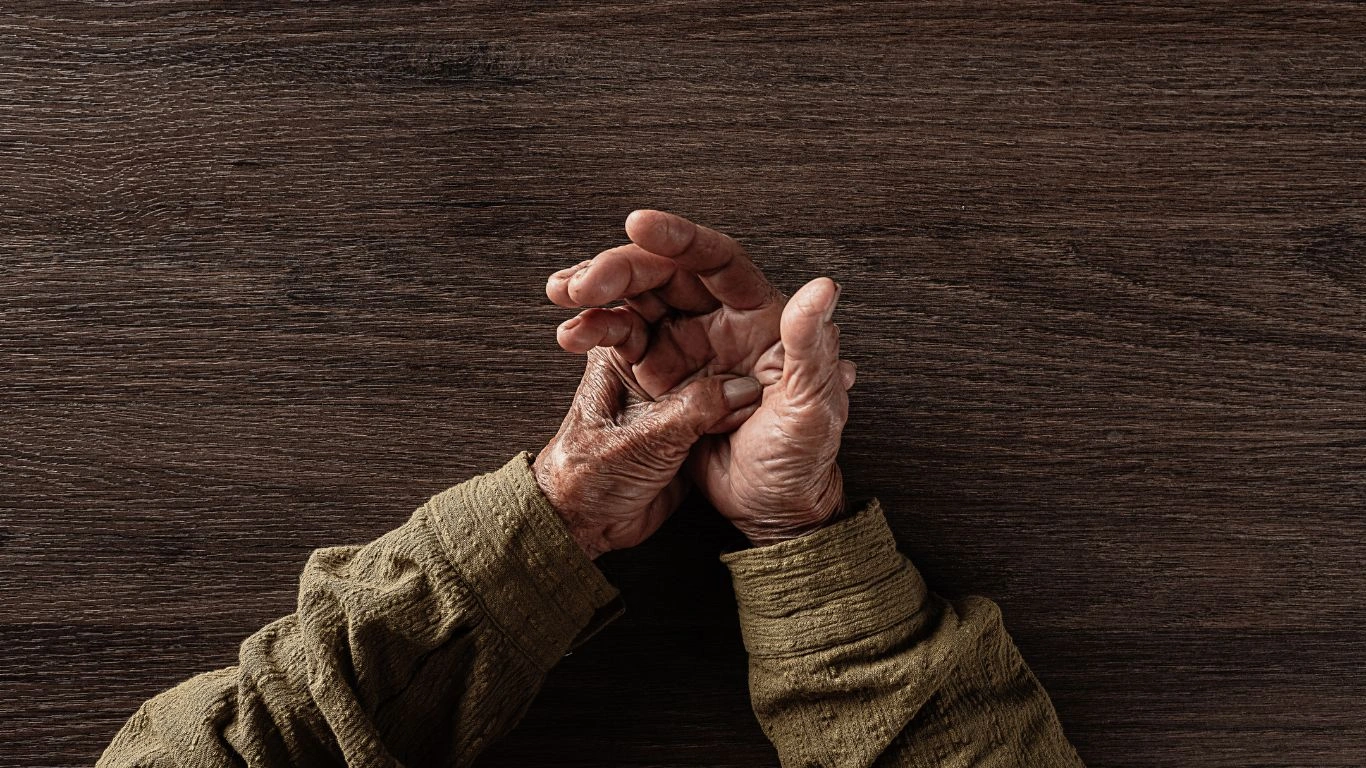
Rheumatoid arthritis is an autoimmune condition, which basically means your immune system decides to attack your joints by mistake. It leads to inflammation, pain, and often long-term joint damage. Over time, it affects your flexibility, causing everything from minor aches to major difficulties in movement.
It’s not just about the pain—it’s how the pain prevents you from doing things that used to be simple, like getting out of bed without feeling like you’re 100 years old or bending down to tie your shoes. But hey, that’s the reality for many with RA, and it’s important to acknowledge it so we can get ahead of it.
Troubleshooting Common Issues with Flexibility in RA
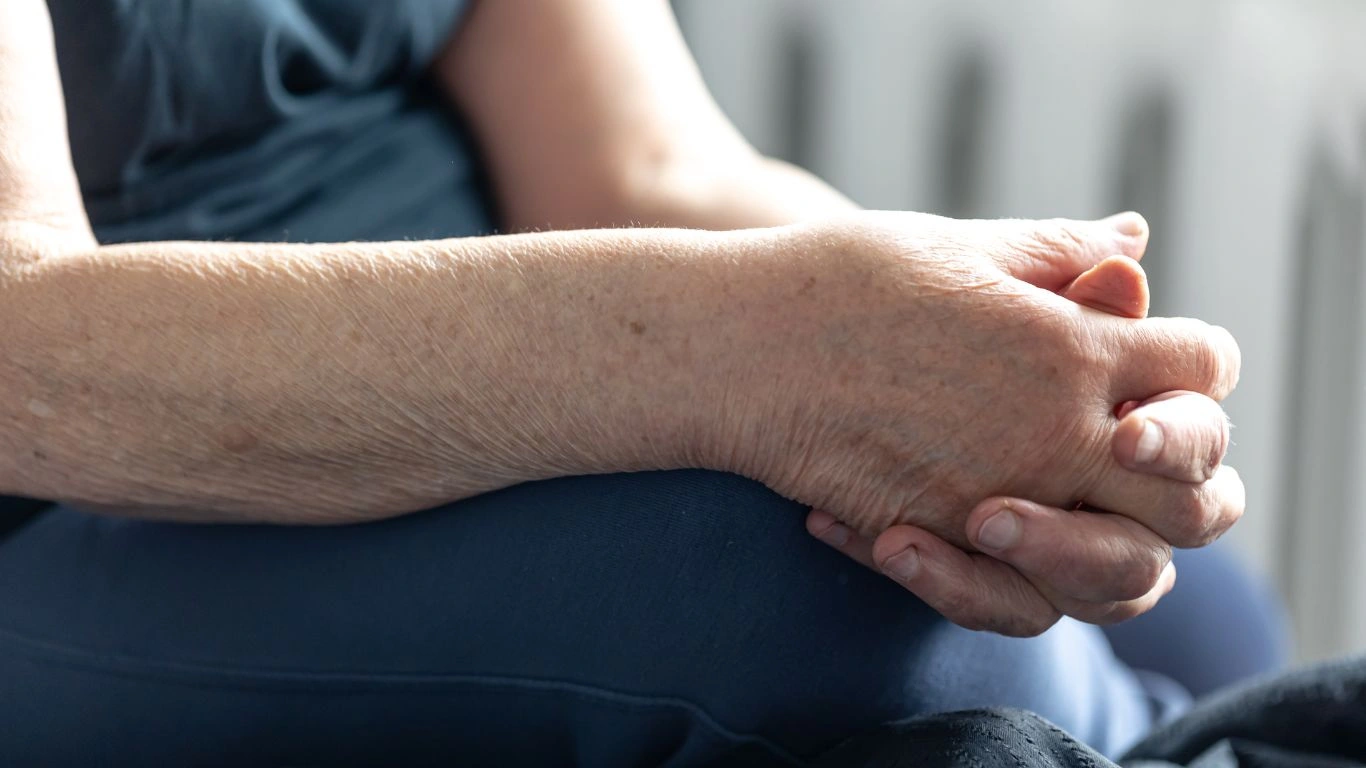
Alright, now let’s talk about the common issues that pop up when you’re trying to deal with RA and flexibility. I see this stuff a lot in my practice, and I want to share some practical advice that’s worked for folks I’ve helped.
1. Morning Stiffness: The First Battle of the Day
Waking up with that “I can barely move” feeling is something a lot of RA patients know all too well. It’s like your body forgot how to move overnight. Morning stiffness can be brutal, but you can take steps to manage it.
What Works: Start slow. I always suggest a warm shower or using heat packs to loosen up those joints. And if you’re not already doing some light stretching first thing, it might be time to add that into your routine. Believe me, I’ve had patients tell me they noticed huge improvements just by taking five minutes in the morning to stretch.
2. Joint Pain and Swelling: The Reality Check
Pain and swelling are obvious symptoms, but they don’t just hurt physically—they mess with your ability to move. Flexibility takes a hit, and suddenly, everyday tasks become obstacles. The pain might feel like it’s never-ending, but there are ways to lessen it.
What Works: Nonsteroidal anti-inflammatory drugs (NSAIDs) can help manage swelling, but I always recommend adding gentle stretching and strength exercises to the mix. Some of my patients swear by gentle yoga routines—yes, even with RA. Yoga doesn’t have to be intense. There are modified poses that focus on flexibility without stressing the joints.
3. Loss of Range of Motion: Feeling Like Your Body’s Locked Up
When RA’s left unchecked, joint deformities and a limited range of motion can occur. It’s like your joints stop listening to you, and that’s no fun.
What Works: Physical therapy is a game-changer for a lot of people. I can’t stress enough how valuable it is to get customized movements that help restore mobility. There’s no “one-size-fits-all,” so make sure you work with a pro who understands RA.
4. Fatigue: When You’re Too Tired to Even Stretch
Fatigue is probably one of the worst symptoms that doesn’t always get talked about enough. When you’re exhausted, stretching or even walking just feels impossible.
What Works: Take it easy but move! A little bit of activity can actually help boost energy levels. Instead of thinking about exercising for an hour, try breaking it down into smaller, doable chunks throughout the day. Short bursts of movement add up. Even a quick 10-minute walk or some stretches after sitting for a while can make a huge difference.
Case Studies / Success Stories: Real People, Real Results
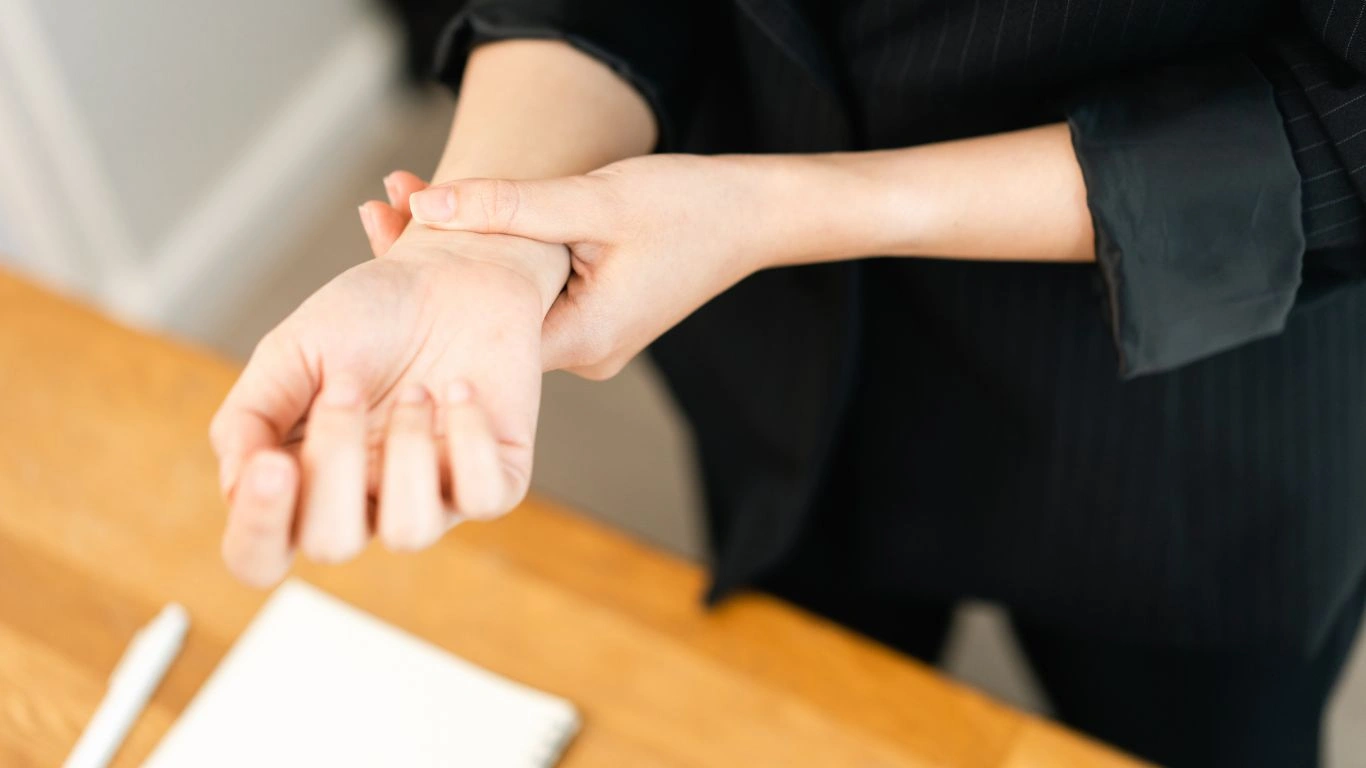
Sarah’s Comeback: From Stiffness to Flexibility
I remember Sarah—a 45-year-old woman who’d been living with RA for several years. She couldn’t open jars, grip a pen, or even hold her phone without pain in her hands. It was heartbreaking to watch, but Sarah was determined not to let RA take away her flexibility. So, we started with small, simple stretches, and over time, she began to regain some of that lost mobility. After just a few months, she was able to open jars without help, and the pain in her hands was noticeably reduced. Sarah’s success story is a great reminder that small steps make a huge difference in the long run.
John’s Yoga Journey: Flexibility at 60
Then there’s John, who was 60 when I met him. He’d been living with RA for more than a decade, and his knees and hips had taken the brunt of the damage. Walking was tough, and he often needed help getting up from a chair. But John wasn’t ready to quit. He joined a yoga class specifically designed for people with RA, and with some patience, he started noticing some major improvements in his flexibility. John went from struggling to get out of a chair to climbing stairs without wincing in pain.
Key Takeaways / Summary
– Flexibility is one of the most noticeable things RA affects, but it doesn’t have to be a permanent loss. With the right strategies, you can keep moving!
– Morning stiffness can be eased with a good warm-up, whether it’s a shower, heat therapy, or gentle stretching.
– Pain and swelling are common, but meds and consistent movement (like physical therapy or yoga) can help.
– Custom exercises and modifications to your daily routine can help you hold on to or even improve your flexibility over time.
Incorporating small, manageable changes into your daily routine can make a world of difference. You don’t need to overhaul everything at once. The key is consistency and listening to your body.
5 FAQs
1. Can RA cause permanent loss of flexibility?
It can, especially if it’s left untreated, but with early intervention, medications, and physical therapy, many people can prevent permanent loss of flexibility.
2. How can I get started with exercise if I have RA?
Start slow! Stretching, walking, and yoga are excellent ways to ease into a routine. Consider working with a physical therapist to create a plan that works for you.
3. Does physical therapy really help with flexibility?
Absolutely! Physical therapy can target specific joints and areas where flexibility is limited, improving movement over time.
4. Is yoga safe for people with RA?
Yes! But make sure it’s adapted for RA. There are plenty of modified poses that are gentle on the joints and can help with flexibility.
5. How do I manage RA fatigue and still stay flexible?
Take breaks and move in short bursts. Even light movement can help fight fatigue, so don’t feel like you need to go all out in one go.
Appendix
References
Disclaimer
This article is based on my experience as a rheumatoid arthritis expert. It’s meant to share insights, but you should always consult a healthcare provider before making any significant changes to your treatment plan.
Call to Action
If you’re struggling with rheumatoid arthritis and flexibility issues, it’s time to take action. Start small, seek professional guidance, and don’t be afraid to ask for help. Flexibility isn’t just about moving your body—it’s about moving through life with less pain and more freedom.

Tarra Nugroho is a dedicated Nurse Practitioner with a strong foundation in family and preventive care. She brings both compassion and clinical expertise to her practice, focusing on patient-centered care and health education. As a contributor to Healthusias.com, Tarra translates medical knowledge into clear, empowering articles on topics like women’s health, chronic disease management, and lifestyle medicine. Her mission is simple: help people feel seen, heard, and informed—both in the clinic and through the content she creates. When she’s not caring for patients, Tarra enjoys weekend hikes, plant-based cooking, and curling up with a good health podcast.
